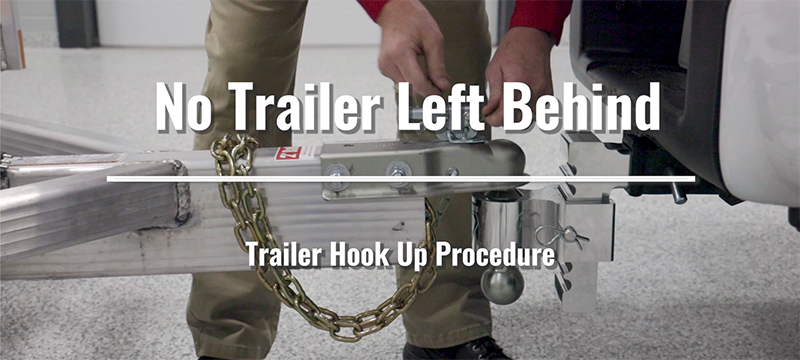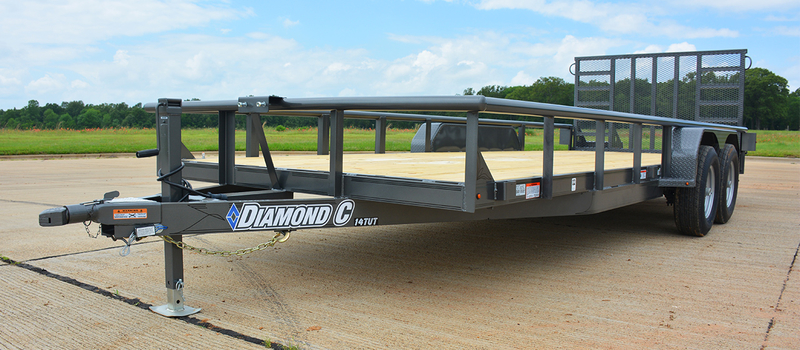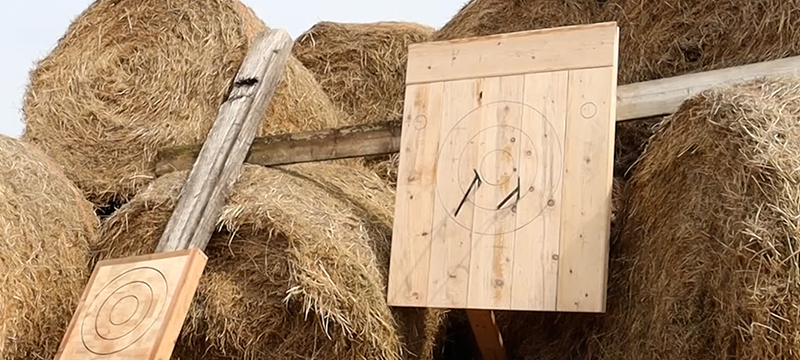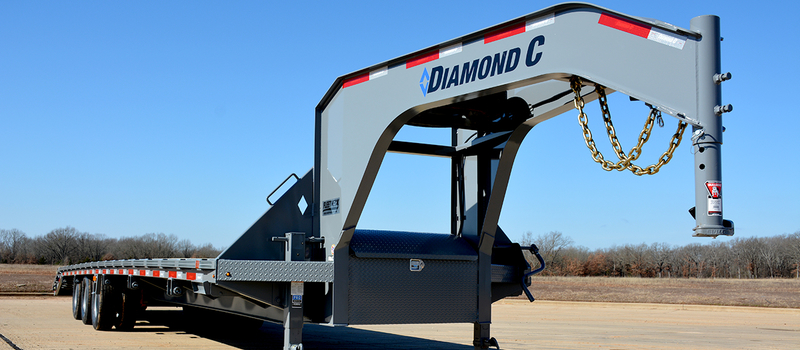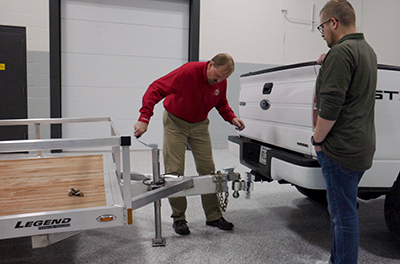
Maybe you’re moving, thinking about buying a boat, or need to haul something across town, and now you have to figure out how to hook up the trailer to your vehicle. Hooking up a trailer to a hitch isn’t necessarily a task everyone knows how to do.
It’s not a difficult process, but you need to know a handful of things before you can be comfortable pulling a large load behind your vehicle. We’re here to save the day with a step-by-step guide on hooking up a trailer to a hitch. Our tutorial will have you hauling trailers like a seasoned pro.
Before You Start
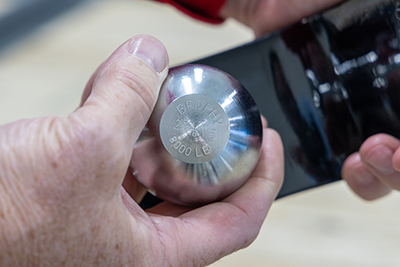
Before you do anything, the first step is to ensure you have the proper hitch for the trailer you plan on towing. The main thing to focus on is the trailer being level when hitched. First, measure from the ground to the top of the hitch receiver on the vehicle and then measure from the ground to the skirt of the ball. The difference between the two measurements is called the drop. You want that number to be as close to zero as possible to keep everything level. Some hitches have adjustable couplers, so you can easily adjust the level of the ball to match many heights.
The next step is ensuring the ball size on your ball mount is compatible with the trailer. Four standard trailer ball sizes are 1-7/8 2, 2-5/16, and 3-inch diameter. Each size handles specific types of towing, beginning with light-duty towing and moving up to gooseneck towing. Be sure the ball diameter matches the diameter of the coupler on the trailer. Some ball mounts have several different ball sizes on them that can be rotated to fit any trailer size.
Lastly, be sure to check the weight capacities of the tow vehicle, hitch, ball mount, and trailer. The lowest-rated towing component is the limit for maximum towing capacity. Once you’ve ensured you have all the proper components, it’s time to hook up the trailer.
Attaching the Trailer to Hitch
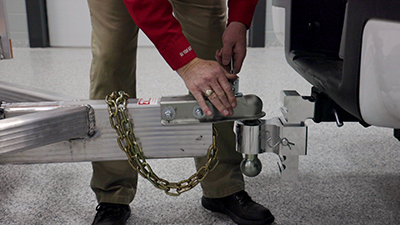
Begin by lifting the coupler latch on the trailer coupler. Lower the coupler on the ball using the crank wheel on the trailer jack. Once you have the trailer on the ball, lower the coupler latch and insert the safety pin to ensure it doesn’t come unlocked.
Next, raise the trailer jack slightly to ensure a proper connection. If the tow vehicle lifts with the trailer and the hitch doesn’t slip off, you’re good to go.
Hookup connections
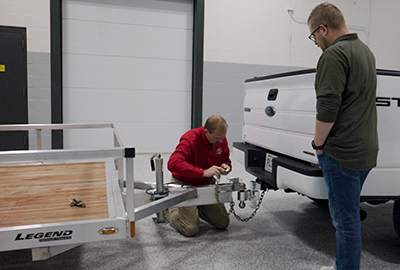
The last step is connecting any electrical hookups and safety items. Begin by connecting the safety chains on the trailer to the tow vehicle in a crossing pattern. The chains are there in case the coupler latch fails. If it comes off, the coupler will land on the crisscrossed chains, not the road. Next, connect the trailer lights to the vehicle so that the trailer lights will coincide with the vehicle lights.
Larger trailers feature a trailer disconnect switch that will activate the brake on the trailer if the trailer disconnects from the tow vehicle. Pull the switch out of the trailer, loop it through the tow vehicle’s hitch, and reconnect it to the trailer. Finally, check the lights are connected properly. While someone is in the vehicle, have them test that the left and right blinkers, taillights, and brake lights work.
You’re now ready to tow your load safely. Check out our video tutorial on our YouTube channel for a quick overview of hooking up a trailer.

